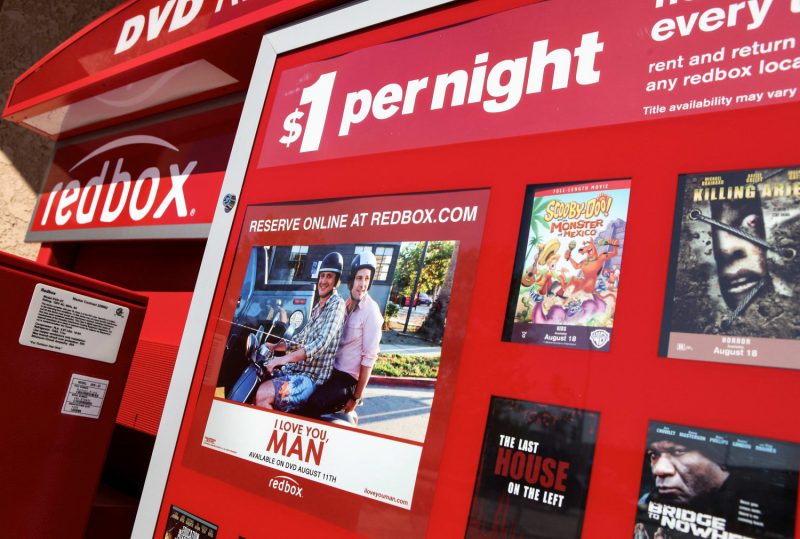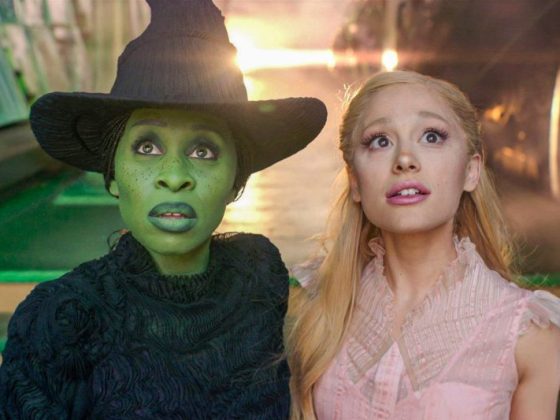Over the course of the last two decades, the famous movie rental company, Redbox, has stood as a familiar symbol of weekend entertainment for millions of households across North America. Redbox kiosks, easily recognizable with their bright crimson hue, had been an indispensable part of grocery stores, shopping malls, and corner stores, offering an extensive variety of DVDs, games, and Blu-ray discs for rental. However, recent reports indicate that this nostalgic icon in the entertainment industry is unequivocally set to end this era of operation, succumbing to the inevitable transition brought about by digital streaming services.
As the news begins to sink in, it becomes important to step back and consider the factors that led to the impending demise of Redbox. The foremost factor is the rapidly changing technology in the entertainment industry. The advent of streaming giants like Netflix, Amazon Prime, and Disney+ has irrevocably altered the landscape of how consumers view content. Gone are the days of physically going to a kiosk to rent a DVD. What consumers want now is the convenience of being able to watch their favorite movies or TV shows with a click of a button, without having to ever leave their homes.
This paradigm shift in content consumption habits is evident in viewing trends. According to recent studies, the number of people subscribing to streaming services has previously surpassed that of cable subscribers, indicating a decisive switch in preference. Moreover, due to the ongoing global pandemic, people are staying at home more than ever, which has significantly boosted the streaming market’s profitability.
Despite Redbox’s ventures into the digital market space—having introduced Redbox Instant in 2013 and Redbox On-Demand in 2017—neither of these services could compete with the quality of selection and user experience provided by established streaming platforms. The competition and the overwhelming domination of streaming services have indeed left Redbox in its shadow, struggling to survive in a DVD market that is rapidly withering away.
Furthermore, the dwindling profitability of DVDs also played a significant role in Redbox’s downfall. As highlighted by a report from the Digital Entertainment Group, sales from DVDs and Blu-ray discs plunged drastically by almost 28% in the third quarter of 2020 as compared to 2019. This decreasing trend indicates a consistent decline in the DVD market, thus pushing Redbox further into a corner.
In addition to the technological advancements and changing viewing habits, the economic factors can also not be overlooked. The maintenance and operational costs associated with running physical kiosks across different locations, coupled with declining profits and sales, inevitably made Redbox’s business model unsustainable in the long run.
In conclusion, it is indeed a sad day for fans of Redbox and other physical media as they witness the inevitable end of an era. However, this is just another reminder of how businesses must evolve to stay relevant and profitable in the face of rapid technological advancement and changing consumer habits. We must bid farewell to this iconic brand, acknowledging the pivotal role it played in our entertainment options, even as we embrace the new technological forms of entertainment that the future holds.











